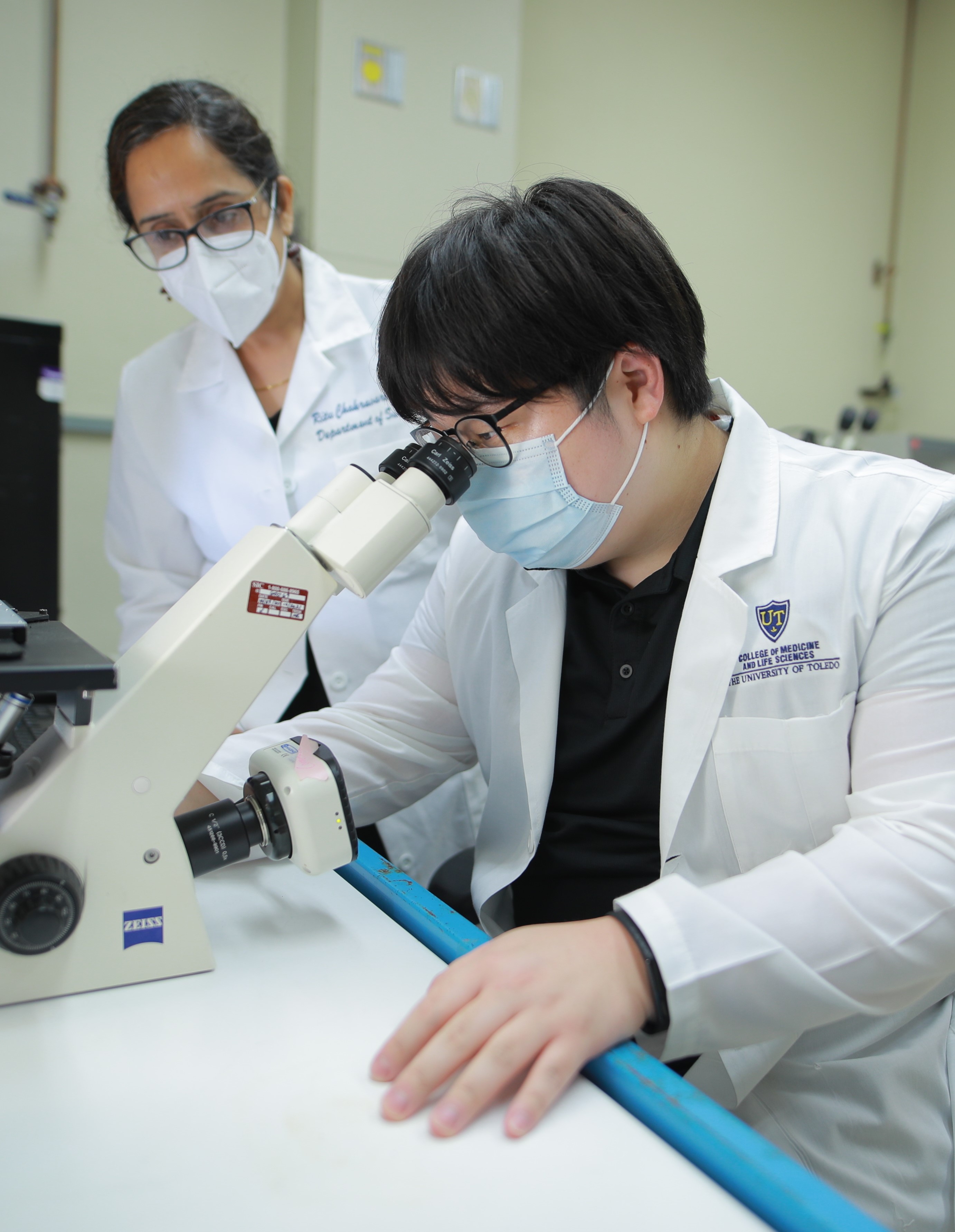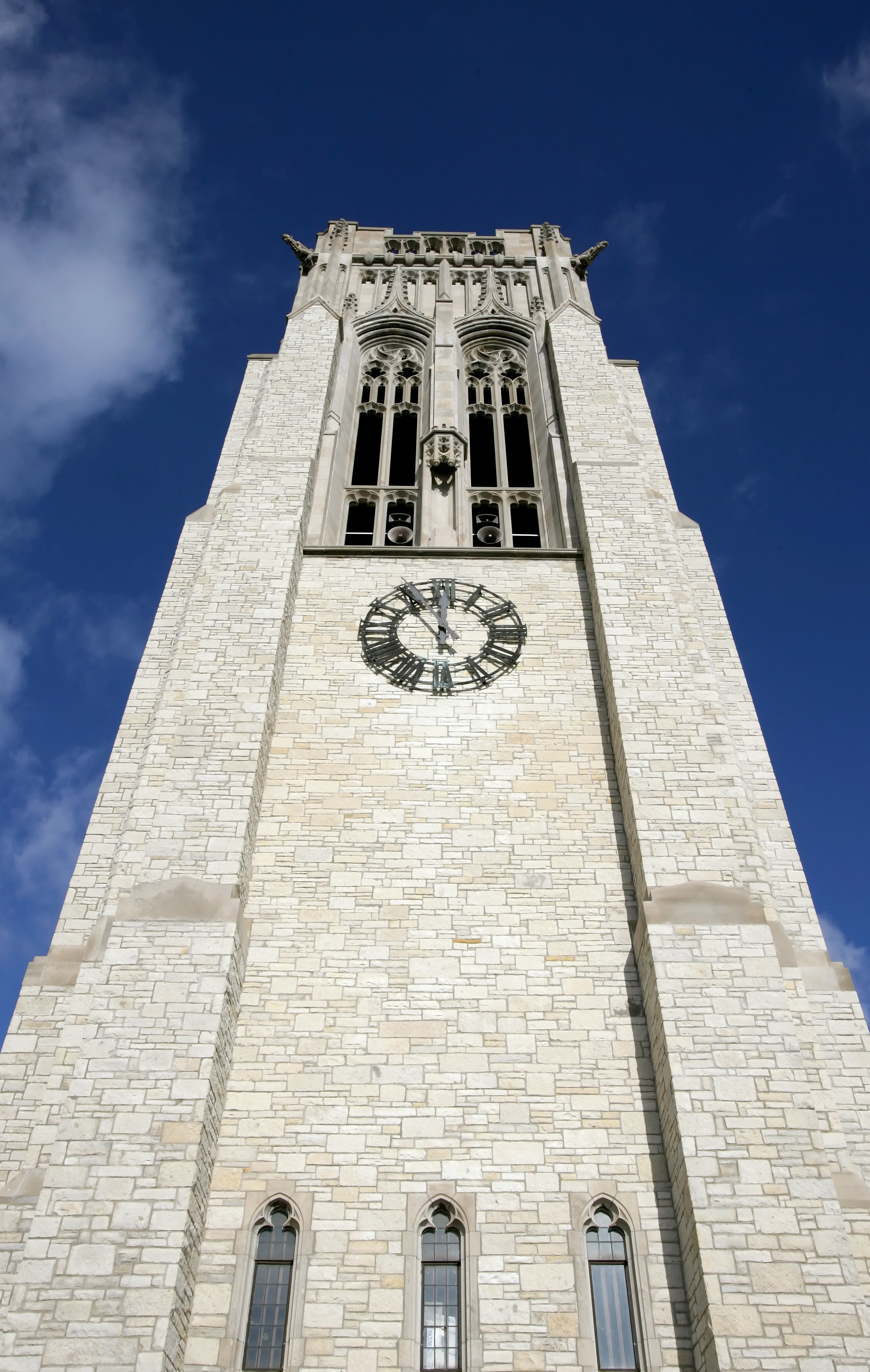Employment Based Immigration Handbook
I. H-1B Overview
I .3 THE H-1B APPLICATION PROCESS AND TIMELINE: A SEVEN -STEP PROCESS (Prepare 6 months
in advance.)
.3 THE H-1B APPLICATION PROCESS AND TIMELINE: A SEVEN -STEP PROCESS (Prepare 6 months
in advance.)
The sponsoring College or Department is required to follow all internal procedures and policy promulgated by HR or UToledo as it relates to recruitment and hiring of a prospective employee. Once this is completed, CISP can discuss the H-1B application process. It is important to remember that USCIS processing alone may take up to 6 months (USCIS processing time varies). This does not include CISP processing time or the processing times for filing the Labor Condition Application (7-60 days).
It is for the above reasons that we strongly encourage Departments to BEGIN H-1B REQUESTS NO LESS THAN 6 MONTHS BEFORE THE INTENDED START DATE.
This timeframe is applicable for either a new petition or an extension. Any H-1B request submitted to CISP with a requested start date that is less than six months into the future may likely result in a delay in employment eligibility or the prospective employee needing to leave the U.S. and/or be separated from employment.
The sponsoring College or Department should be aware of their prospective employee’s current status and work authorization. Regardless of whether or not the employee is currently on H-1B, F-1, J-1, or other status, as the H-1B is an employer sponsored petition, the stakeholder should familiarize themselves with their prospective employee’s ability to have lawful work authorization. Remember, CISP is not aware of the stakeholder’s intention to hire a prospective employee in the future, and our office does not assume an H-1B will be automatically extended, as in some instances extension is not desired. For any H-1B petition (Extension, Amendment, or New), the obligation to initiate the H-1B petition will be the responsibility of the sponsoring stakeholder.
H-1B TIMELINE
STEP 1: INFORMATION GATHERING
The College or Department will be responsible for gathering all the requisite documents and information requested in both the Department and Employee Checklists. As of February 28, 2024, all forms are submitted in iRocket Portal. Access to the portal will be given to the department contact and H-1B beneficiary by CISP.
Department.
Consult iRocket User Guide to find a list of items need for this process.
1) H-1B Department Request Form
2) H-1B Actual Wage Explanation (not required for positions controlled by a collective bargaining agreement: AAUP, AFSCME, CWA)
3) H-1B Actual Wage Memorandum for Public Access File (not required for positions controlled by a collective bargaining agreement: AAUP, AFSCME, CWA)
4) Deemed Export Certification Forms A and B
Employee
Consult iRocket User Guide to find a list of items need for this process.
1) H-1B Beneficiary Summary
2) H-1B Beneficiary Immigration
3) H-1B Beneficiary Education and Training
4) H-1B Beneficiary Dependent (optional)
If items for submission are not received in a timely manner, a delay in processing time may result.
Actual Wage Explanation and Memorandum: The College or Department will be responsible for filling out the Actual Wage Explanation and the Actual Wage Memorandum. The potential H-1B employee’s salary must fall within the range established by the salaries of other similar current workers. If another employee in the same occupational classification has a higher wage than the H-1B employee, the College or Department will need to provide legitimate and lawful reasons for the difference.
Where the proposed position is unique and there are no other employees who currently hold a similar or substantially similar position, then the actual wage should be the wage paid to the prospective employee.
Determining the Actual Wage: The actual wage is the wage paid to all other employees in similar positions, with similar qualifications and experience. The Department must be able to justify the salary based on experience and education. See C.F.R. 655.731(a) (1) Code of Federal Regulations.
Grant Funded Positions: As to the Actual Wage set for research activities and/or other positions that may rely on grant funding. The DOL states that it is unacceptable to set a wage based solely on the fact of what funds are available in a grant.
A sponsoring College or Department may not successfully argue that the Actual Wage is what the grant affords; the DOL has historically stated this is not a legitimate argument.

The Actual Wage must have been set by an authorized representative as indicated by internal policies of the University. It may not be arbitrarily assigned. CISP only requires submission of the Actual Wage Explanation and Actual Wage Memorandum, but the DOL also expects the University to articulate their “wage system.”
Every sponsoring organization should be able to adequately explain, based on legitimate business reasons, how wage levels were actually determined for their workers in the specialty occupation requested.
Continuing Obligation to Update Adjustments of Actual Wage Data after H-1B Hire: Where the Department hires another employee in the same occupation, after an approved H-1B, (whether that employee be an H-1B applicant, U.S. Citizen, or other) the actual wage data should be updated and submitted to CISP to reflect the new hire information.
The duty to update Actual Wage Data is also triggered during periodic increases or decreases in salary; moreover, any prospective change in salary should be first reviewed with Human Resources for staff positions and submitted to CISP prior to the changes going into effect. An amendment may be needed before the University approves the change.
Sponsoring Departments or Colleges are reminded that they must follow internal policy. Regardless of whether the position is staff or faculty, any change in wage must be communicated to CISP prior to it going into effect.
STEP 2: CISP REVIEW AND ANALYSIS OF FORMS AND PROCESSING FEES (2 TO 3 WEEKS)
Upon receipt of all application materials and required fees, CISP will perform an analysis and review of the information provided.
Note: This is generally a two-week process, but in order to provide equitable treatment to all Departments and Colleges, CISP has adopted a first in first out procedure—meaning that although we will do our best to process those petitions that have upcoming deadlines, CISP’s procedure is to process those petitions that were received timely and provided in advance first.
STEP 3: DETERMINING REQUIRED WAGES (1 TO 8 WEEKS)
The Department of Labor (DOL) regulations require the University to pay a Beneficiary the Prevailing Wage or Actual Wage, whichever one is the higher salary. Thus, the wage offered to the potential H-1B employee must meet or exceed the prevailing wage for the occupation in our geographic area of employment as established by the DOL.

As the DOL provides the Prevailing Wage based on the job description, the University should take care to ensure that the description and details of the proposed employment are completely accurate and list all the minimum requirements and qualifications required for the position. This process may take up to 60 days to receive a response from the DOL, and UToledo must delay the filing of the H-1B until the determination is received.
Alternative routes exist outside submitting a Prevailing Wage Determination Request to the DOL, which may avoid the 60-day processing time but will also come with risk. If the sponsoring College or Department chooses to use an alternative survey (if applicable) or to have CISP suggest the Prevailing Wage, the wage rate may be subject to challenge by the DOL.
In the event the DOL were to perform a wage investigation and determine that the H-1B employee had not been paid the Prevailing Wage, the sponsoring College or Department will be liable for paying back wages and potentially other civil penalties or fines. This would include but not necessarily be limited to the difference between wages actually received by the Beneficiary during the validity period and the DOL wage determination for the position. Please contact CISP directly for more information.
Note: Sponsoring stakeholders are reminded that, as with the hiring of any employee, there is an existing University compensation standard. In the instance where a Prevailing Wage is determined to be greater than the Actual Wage, it is the sponsoring Department or College’s responsibility to ensure that the proposed Prevailing Wage falls within the University compensation standard. This means that the sponsoring College or Department must reach out and obtain approval from Human Resources regarding any proposed wage. H-1B sponsorship is contingent on the University paying either the Actual or Prevailing Wage, whichever is the higher salary. Where a Prevailing Wage exceeds the University compensation standard, the University may not be able to sponsor the proposed Beneficiary.
STEP 4: POSTING THE NOTICE OF FILING OF AN LCA (2 WEEKS)
The Department will be held responsible for the posting requirements under the LCA. The “Notice of Filing of a Labor Condition Application” must be posted for 10 consecutive business days (excluding weekends, holidays, and days the business is closed) in two conspicuous/unobstructed, obvious different locations at each place of employment and/or building where the employee will work.
CISP will provide the Posting Notice and initiated LCA to the Department to physically post. After 10 consecutive business days, the sponsoring Department will sign the posted notice and then mail it to CISP. The location of each posting and the date the Notice was posted (hung) and then removed must be indicated on the Notice and signed by the person posting it. (Here, it is critical to be accurate and include all information about where the employee will be working throughout the entire approval period.)
When the position involves a collective bargaining agreement, the LCA and notice should be provided to a filing representative.
STEP 5: DEPARTMENT OF LABOR CERTIFICATION OF LCA (1 WEEK)
Once CISP verifies that the “Notice of Filing” was posted for 10 consecutive business days, CISP will submit the LCA to the DOL for official certification of the LCA. DOL estimated processing time is 7 calendar days.
STEP 6: PREPARATION OF THE H-1B PETITION (3-4 WEEKS)
Once the LCA is certified, CISP will draft the final preparation for the I-129, Petition for a Nonimmigrant Worker, and supporting documentation and submit the entire petition to USCIS for processing.
STEP 7: USCIS PROCESSES H-1B PETITION/I-129 (USCIS processing time varies. Please check with CISP.)
The current processing time for H-1B petitions may take up to 6 months or at times longer (processing times are subject to change). If the petition is premium processed, USCIS will process the petition within 15 calendar days of receipt. However, premium processing does not necessarily ensure approval or an adjudication within 15 days. A Request for Evidence (RFE) may enlarge the 15-day window, and an adjudication can ultimately result in an approval or denial.


